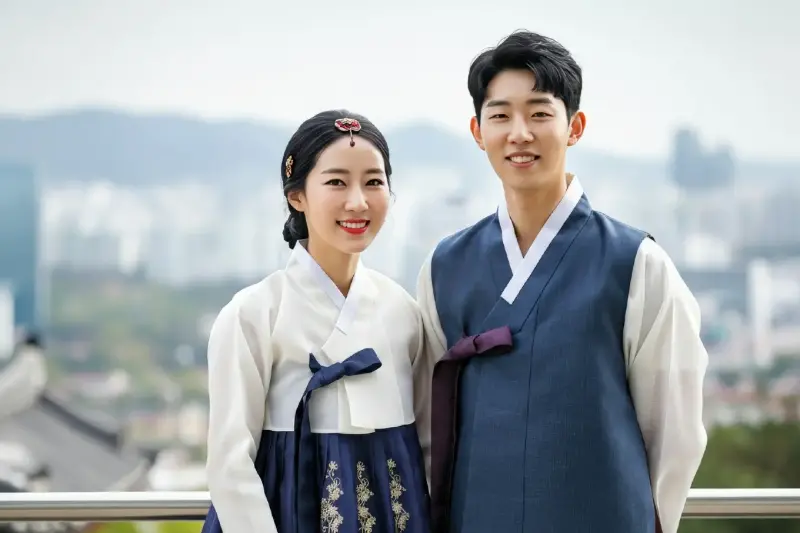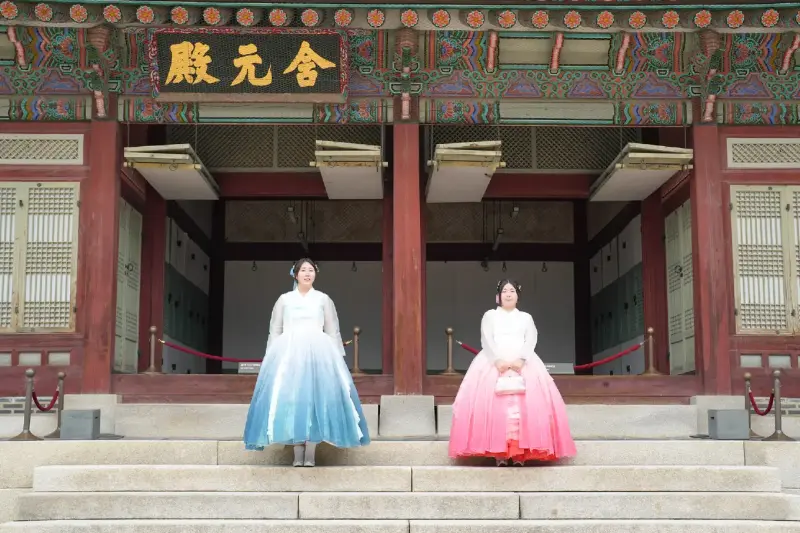
If you’ve spent any time on social media, paid attention to red carpets, or even glanced at high street windows recently, you’ve probably noticed an unmistakable trend: korean style dresses are everywhere in 2025. Search engines are bursting with queries about hanbok-inspired silhouettes, minimalist florals, and bold street-style fusions straight from Seoul. So, what’s driving this worldwide fascination with korean fashion, particularly in the realm of dresses? This is much more than a fleeting fad; it’s a cultural and creative phenomenon with roots stretching far and wide.
The Global Surge of K-Influence
For the past decade, korean culture—often called the “K-wave” or hallyu—has been steadily rising. It began with the infectious rhythms of k-pop and spread through television dramas, movies, and beauty products. In 2025, this cultural wave shows no sign of crashing. Instead, it’s surfed perfectly onto the catwalks and closets of fashion lovers globally. Korean dress styles, both contemporary and traditional, now headline international fashion weeks.
The curiosity around korean dresses didn’t emerge in a vacuum. It’s the fruit of years of influence from celebrities, idols, and influencers, who frequently showcase korean collections and emerging designers. From the layered organza of new-age hanbok to dreamy, ruffled pastel chiffon dresses, these garments capture a mix of grace and modernity. People are intrigued by how korean fashion wields both elegance and edge—a delicate balance rarely seen elsewhere.
Digital Discovery and The Power of Social Media
Social media platforms have had a seismic impact on global fashion searches, and when it comes to korean style dresses, they’re front and center in 2025. TikTok challenges and Instagram reels featuring “dress like your favorite k-drama character” or “korean spring lookbook” reels are accumulating millions of views. Style hauls and OOTD (outfit of the day) posts translate korean dress trends almost instantly to a broad, eager audience.
This rapid sharing and remixing of styles have not only inspired search spikes but have made the trends feel more personal and attainable. Viewers see real people, from Seoul streets to New York coffee shops, twirling in babydoll lace, wrap dresses, and deconstructed hanbok. Suddenly, adopting korean dress styles is as easy as clicking through a few posts and following the trail to online stores.
A New Approach to Femininity and Comfort
One reason for the surge in search interest is that korean style dresses embody a refreshing take on femininity. Unlike some Western conventions that tie femininity to overt sexiness or maximal looks, korean fashion often embraces subtler grace. There is a strong emphasis on light fabrics, pastel tones, florals, and silhouettes that play with both structure and softness. Think puff sleeves, layered skirts, and playful asymmetry—clothes that move effortlessly from work to café dates.
What’s equally notable is the prioritization of comfort. As the world moves through and beyond the era of remote work, people are seeking clothes that make them look chic but don’t sacrifice comfort. Korean dresses often include elastic waists, loose fits, and breathable fabrics that reflect these needs. This aligns perfectly with the global shift toward versatile, low-maintenance wardrobes.

Modernizing Tradition: The Hanbok Renaissance
No discussion of korean style dresses is complete without mentioning the hanbok. Historically reserved for holidays or celebrations, this iconic, high-waisted dress with flowing lines has become a runway favorite thanks to visionary designers. In 2025, the “neo-hanbok” movement is at full throttle, reinterpreting the hanbok for everyday wear.
Brands like Danha and Leesle have led the charge with innovative takes, blending luxurious traditional textiles with zippers, pockets, and contemporary color palettes. Even Hollywood icons are donning modern hanbok dresses for film premieres, further accelerating global interest. Shoppers searching for “korean style dresses” are often seeking pieces infused with this unique blend of heritage and freshness.
The Role of Gender Fluidity in Korean Fashion
Another fascinating element propelling search statistics is the gender inclusivity inherent in korean fashion. Dresses that blur traditional gender lines are taking off. Many men’s collections now feature long tunics, robe-like shirts, and hanbok-inspired garments. The democratization of dress styles appeals to a generation that values expression over convention. This progressive attitude resonates with searchers who want wardrobes that break out of gendered molds.
Affordable Luxury and Accessibility
Unlike some high-fashion houses, korean dress brands have mastered the art of “affordable luxury.” Labels such as Stylenanda, Chuu, and Mixxmix sell dresses with high design values, accessible price points, and global shipping. International fast fashion retailers are now collaborating with korean designers or replicating their bestsellers, making the look available anywhere and to any budget.
Easy access means that when people search for “korean style dresses,” they’re not just window shopping. The pathways from inspiration to purchase are shorter than ever. With sizing guides, helpful reviews, and influencer codes, the process is as smooth as silk.
In just one year, korean style dresses have spiked in global popularity because they encapsulate more than just a trend—they reflect empowered femininity, comfort, tradition, innovation, inclusivity, and accessibility. As 2025 continues, korean fashion isn’t just a wave; it’s become part of the world’s daily tide.
